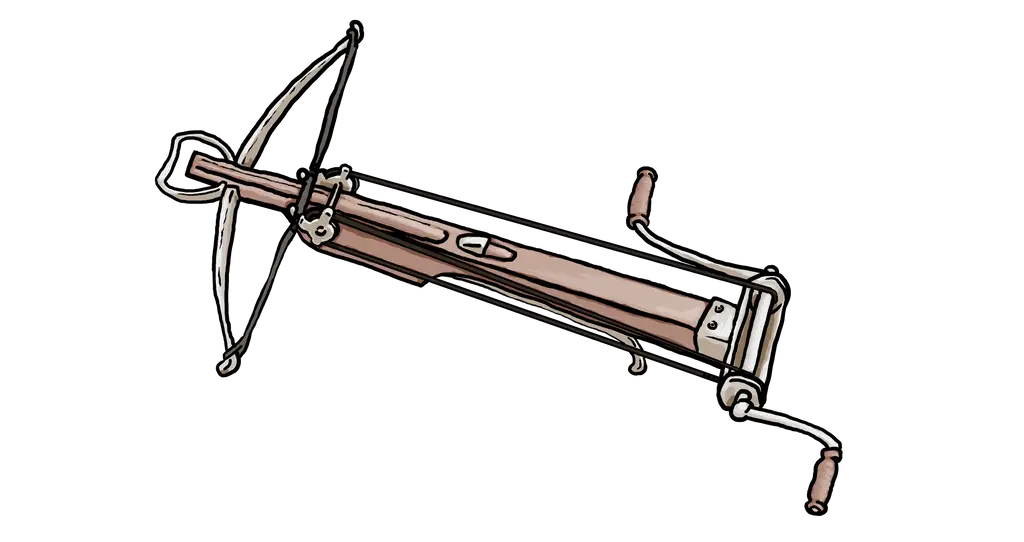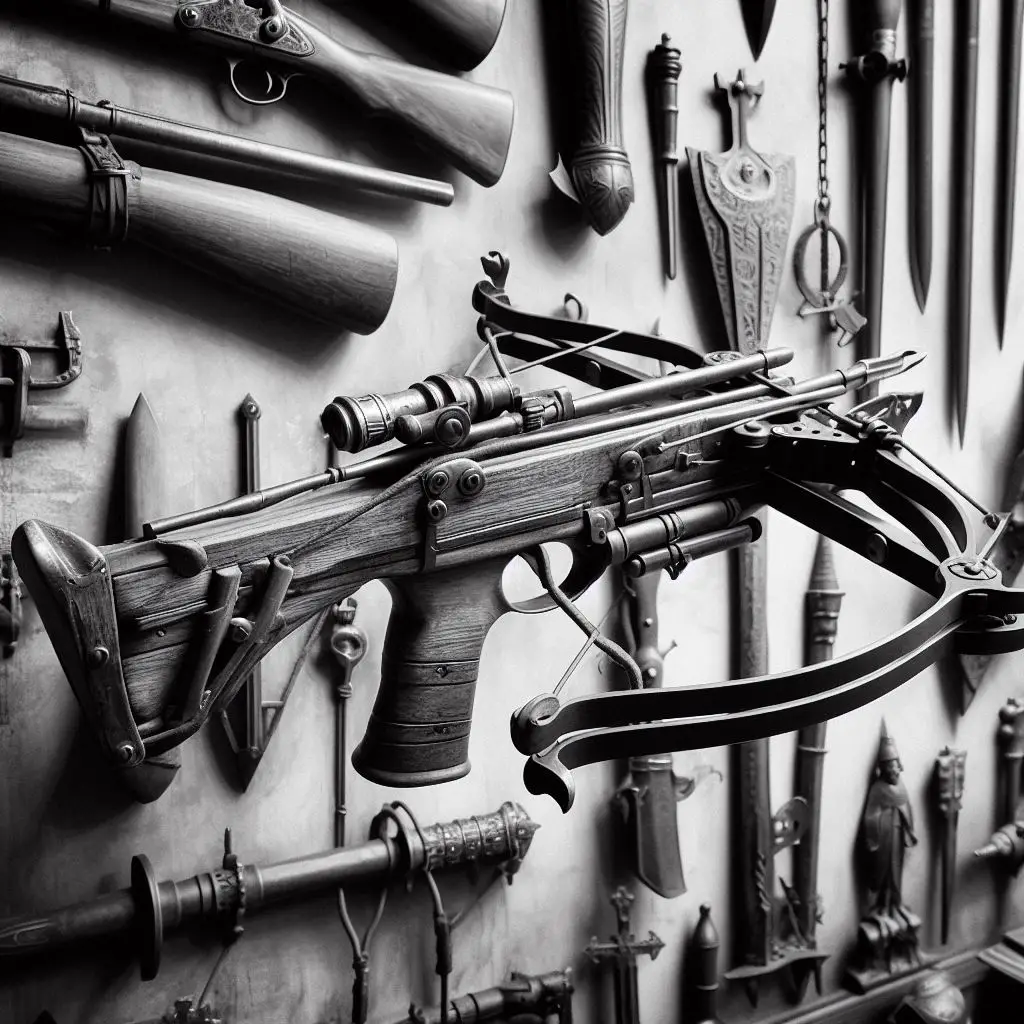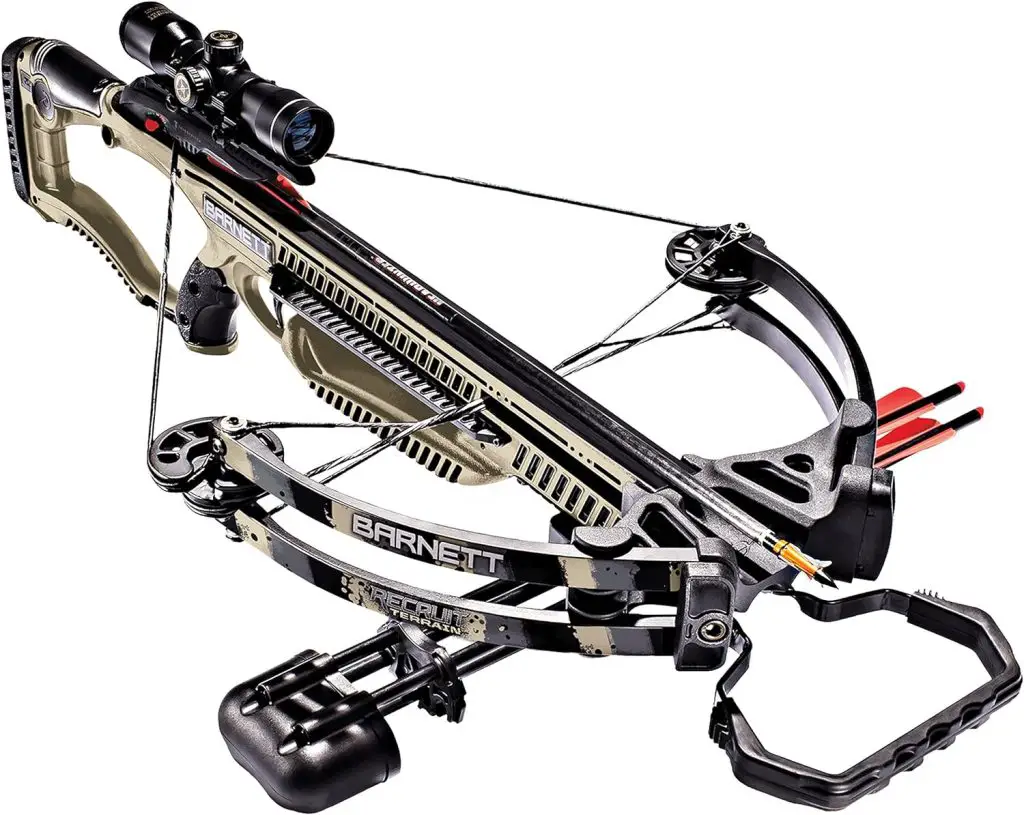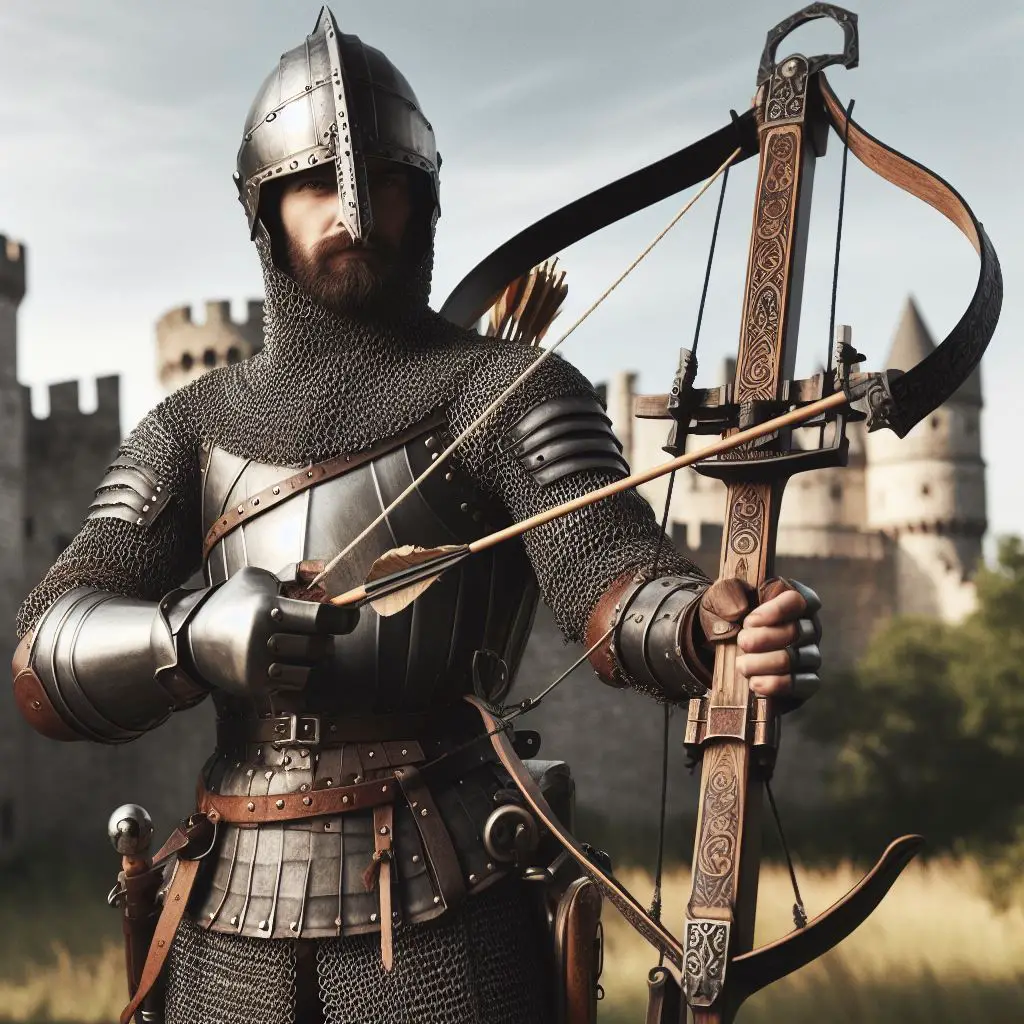For centuries, projectile weapons granting combat and hunting advantages over bows and blade arms sparked relentless innovation. Today, driving bolts into downrange targets for sport, stealth, and survival keeps interest surging around compact mechanical shooting rigs. But with an evolving lexicon spanning models like crossbows, ballistic, stone throwers, and arbalests, just what differentiates these tools?
To distill key questions around naming conventions and critical capabilities, this guide focuses on the comparison between a distinct class known as the arbalest versus the ubiquitous modern crossbow. We will contrast mechanics, loading methods, materials, military employment, and historical backgrounds to demystify and discriminate deciding factors, remaining true to core ballistic terminology.
Reviewing signature distinctions helps properly match needs to available mechanical shooter tech. So let’s arrow in on key differences fashioning a sharper comparison between arbalists and crossbows.
Arbalest? Crossbow? A Convoluted History
Without careful background context, today’s enthusiast risks blundering through mismatched applications and capabilities across the overlapping mechanical bow world.
The Ancient World’s Arrow Delivery Methods
The ballistics technology family tree took shape back to 400 BC with earlier aspermia variations launching javelins before Persian and Chinese empires shifted projectiles to arrows, allowing poison tips to deliver devastating small payloads.
Agile recurve bows soon developed increasing kinetic energy downrange through resilience balancing stored energy and power at release. Mechanics evolved from Roman non-locking straight bows reinforced with bone/wood laminate layers to vertical composite recurve designs fostering arrow velocity from compact platforms over handheld means.
Middle Ages Innovations

Advances from China and the late Roman Empire slowly permeated Europe by 1000 AD consolidating around the Medieval Latin name arcubalistae, or ‘bow thrower,’ coming from Greek roots for “bow” and “thrower/hurler”. This base etymology signals primary ballistic purpose – mechanically launching projectiles with extended energy potential beyond traditional bow designs.
Efficient composite materials fostered portable, high-powered designs with cocking mechanisms accommodating higher draw weights. Safety catches secured loaded potential energy between shots unlike hand bows requiring constant tension. The fading term ultimately morphed into simply ballista for siege engine use or arbalest applying to personal weapons with stocks shaped from wood, bone, and animal horn components.
The Crossbow Arrives

In parallel by the late 1100s AD, European armies adopted tactical weaponry incorporating spanned bow limbs transversely mounted on a gunstock-like shape with a winding crank cocking mechanism and integrated trigger assembly. This fusion distinguished a new class of mechanically assisted bow weaponry eventually known as the crossbow for its decidedly crossed bow component integrated horizontally versus conventional vertical bows.
Despite nuanced naming conventions and chronology, the fundamental mechanical shooting advantages persisted for centuries in both camps.
Having established separate etymology and origins, let’s break down functional differences that set arbalests apart from crossbows.
Arbalest vs Crossbow Design and Mechanics
Beyond tangled linguistics and backstories, what distinguishes physical arbalest and crossbow hardware?
Arbalest Characteristics

True arbalests through history and modern recreations or revival pieces share the following common attributes:
- Bow limbs secured with steel or composite prod tips at both ends of a riser or wooden tiller mounting a projectile groove/track
- Manually cocked by standing the bow upright on the ground and using body weight to pull thick bowstrings via belt hooks or cocking stirrups near the prod tips
- No wooden foregrip or trigger with firing release activated remotely by user pulling lines when ready
- Heavy steel prod tips minimize flex Send powerful bolts at high efficiency when mega lbs rated limbs unleash stored potential energy
- Often engraved and ornately inlaid for decoration
In short, traditional arbalests maximize power in a relatively compact form factor compared to standard bows for the era at cost of manual cocking burden and slower refire rate given firing requires user initiation pulling release lines.
Crossbow Properties

By contrast, modern tactical and hunting crossbows since about the 12th century exhibit the following familiar qualities:
- Two bow limbs spanning horizontally across a rail or barrel atop a rear stock providing user aiming stability via grip and shoulder points
- Cocked with cranks that pull up fixed bowstrings shortening powerstroke potential attached to arrow/bolt receptacle
- Controlled unloading of energy via integrated trigger mechanism sending projectile in pure ballistic flight without user intervention post-release
- Relies on limb flexibility and moderate draw weights for responsiveness
- Streamlined cheek weld sighting and shoulder stock support user ergonomics and downrange accuracy
- Often compact compound designs mixing cables, cams and multiple bow limbs
The horizontally spanned bow assembly with rear shoulder stock and front down rail or barrel differs fundamentally from vertical arbalest designs requiring dedicated heavy cocking and release line pulling.
Digging deeper, let’s see how these characteristics affect handling.
Arbalest vs Crossbow: Operational Comparison
Cutting to user experience impacts, does form dictate function? How do arbalest and crossbow designs transfer through deployment factors?
Shooting Process Comparison
| Factor | Arbalest | Crossbow |
|---|---|---|
| Cocking Method | Manually lifting bow prod against hip or ground stirrups | Cranking cocking mechanisms |
| Cocking Difficulty | Very strenuous; 400+ lb draw weights common | Manageable; 100-200 lb draws the norm |
| Aiming | No stock or sight reference points Arm extended unsupported | Sights, rear stock; Shoulder cheek weld |
| Firing Action | No trigger; releasing retention lines flung by hand | Squeezing integrated trigger |
| Safety Engaging | Lower weapon; no persistent tension | Built in. Engage trigger safety |
| Reload Rate | Very slow process cocking Expect 1 aimed shot/minute | Rapid succession shots possible |
Carrying and Transport
| Factor | Arbalest | Crossbow |
|---|---|---|
| Personnel Portability | Heavy at 10-18 lbs; cumbersome | Compact Integrated designs under 10 lbs |
| Field Transport | Carts, mounts due to weight | Comfortably hand carried |
| Vehicle Transport | Roof racks, truck beds | Interior seats, operator weapon station |
Maintenance Factors
| Factor | Arbalest | Crossbow |
|---|---|---|
| Materials Durability | Rugged woods, steels resist elements | Exposed cables, string wear |
| Weather Sealing | Inherently sealed woods swell slightly | Must apply protective coatings |
| Life Cycle Cost | Virtually indestructible | Limbs and strings require replacement |
While simplified high-level comparisons, these factors demonstrate the tactical advantages bestowed by integrated crossbow designs with rear shoulder stocks supporting ergonomic shooting positions. Crossbows further benefit from advanced materials and precision manufacturability of modern compound bows and firearms.
Hunting Applications
Tactical and survival employment represent just one dimension. How do these historical bow weapons suit hunting applications today? Which serves contemporary hunters better for harvesting game?
Arbalest Hunting Attributes
- Massive power drives bolts fully through large game
- Short powerstroke limits moblity in dense bush
- No let off; heavy manual cocking each bolt
- Lacks match grade accuracy of compound crossbows
- Cumbersome to employ quickly without fixed firing positions
Crossbow Hunting Capabilities
- Highly accurate downrange thanks to optics, arrow technology
- Light enough for frequent repositioning
- Rapid target reacquisition; multi-shot strings
- Compound cams allow high efficiency force multiplication
- Custom tuning broadheads for devastating terminal effect
Crossbow dominance clearly emerges for modern hunting contexts prioritizing well-placed ethical shots. Though arbalests boast unmatched point blank power, their manual firing process and accuracy limitations reduce practical lethal application given contemporary expectations.
Arbalest Today: Modern Survival Applications
While arbalests fail to compete with modern firearms or crossbow platforms feeding contemporary sportsman use cases, the venerable arm still maintains militia scale impact as an ultimate survival weapon and resistance apparatus.
Grid Down Insurance Against infrastructure disruptions or supply chain collapses, historically proven arbalest designs offer reliable offensive capacity augmenting blades and long guns with ample downrange impact versatile ammo compatibility. Sound arbalest understanding serves tactical preparedness.
Resistance Utility For rebel elements and independence fighters, arbalests provide silent attack capabilities against threats expecting strictly firearm battles. Combined with IEDs or sabotage missions, the weapons enable lower tech yet still devastating ambush potential.

